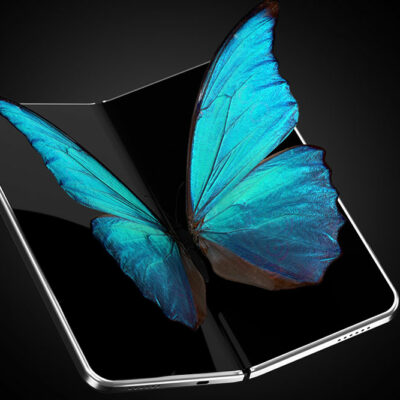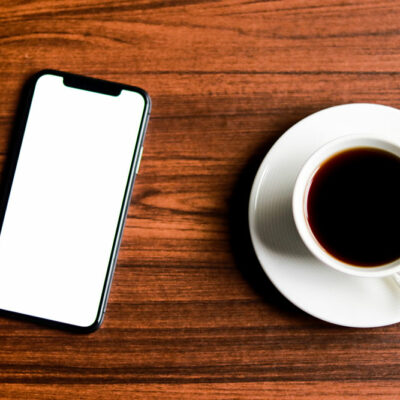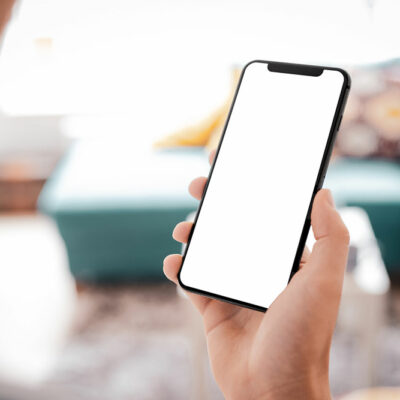
9 reasons for home warranty claim denial
Home warranty plans are among the most helpful service contracts for homebuyers. They offer financial protection against damages to major appliances and systems in the house. Without a warranty plan, repairing or replacing the damaged systems can be an expensive affair. However, home warranty plans may not cover all kinds of damages, leading to the denial of warranty claims. Here are some situations in which home warranty claims can be denied:
1. No coverage for specific appliances
Home warranty plans usually cover the breakdown of certain systems or appliances. Some plans even offer comprehensive coverage for damages to both systems and appliances in the house. However, it is important to note that these warranty plans may not cover every appliance in their house. So, if one submits a warranty claim against an appliance that is not covered by their plan, their claim will be denied. Also, home warranty plans do not offer coverage for appliances that are under the manufacturer’s warranty. So, before filing a claim, one must check if that particular appliance is covered under the home warranty. If one is unsure about the extent of coverage, one can call their home warranty provider and ask them if an appliance is covered.
2. DIY fixes before filing a claim
If an appliance, that is covered by the home warranty plan, breaks down, one must avoid trying to fix it themselves. While DIY-ing may seem like a quicker and easier solution, it might not be the best idea. This is because one may end up worsening the problem. Then, the overall damage to the appliance will not be considered part of normal wear and tear. So, when one reaches out to the home warranty provider, who will send a technician to check the problem, their claim is likely to be denied. So, instead of trying to take on repairs by themselves, homeowners must promptly contact the home warranty company immediately after they notice appliance damage.
3. Appliance misuse
Home warranty plans offer coverage for damages caused by normal wear and tear, not accidental damages or harm caused due to misuse. For example, rust and corrosion are inevitable problems in appliances, so they are often considered normal wear and tear. Similarly, if an appliance breaks down unexpectedly from regular usage, it would be covered under the warranty plan. But that is not the case for damages due to accidents or mishandling. For example, if one slams the door of their fridge, breaking it, then that damage would not be covered by the home warranty plan. Further, damages brought on by lack of maintenance may not be covered as well.
4. Improper appliance installation
Whenever one buys an appliance or a system, one must opt for professional installation. This is because in case of any damages in the future if the home warranty company finds issues with the installation or non-adherence to manufacturer guidelines, they will deny the warranty claim. Additionally, if the installation of any appliance or the system violates safety guidelines or building codes, even then, the warranty claim will be denied. So homeowners must ensure that when they purchase a new appliance, they get it installed by professionals. Further, they must see to it that the professionals follow the required codes and regulations during applicance installation.
5. Unauthorized repairs
Just like DIY-ing the repairs, homeowners must also avoid getting their appliances fixed by unauthorized technicians. Doing so would make the home warranty provider remove the appliance from the warranty coverage or deny the claims filed for damages. The ideal course of action would be to contact the warranty company in case of any damages and let their technicians fix the appliance.
6. Damages due to acts of nature
Home warranty plans may also not offer coverage against damages caused by natural disasters. So, for instance, if a claim was made for the garage door breaking down due to a flood, then that claim could be denied.
7. Animal or pest damage
Pests such as rodents and termites can severely damage certain systems and appliances in a house. However, warranty claims made for the appliance damages caused by such pests are likely to be denied. This is because home warranty plans typically do not offer coverage against damages caused by animals or pests.
8. Coverage limit exceeded
Home warranty plans come with an annual coverage cap. They can either come with separate coverage caps for each appliance or set an annual limit on the total payout. These limits can range from around $500 per appliance to about a payout of $50,000 per year. So, if a homeowner has exceeded this coverage limit on their home warranty plan, then any claims they file within the year will get denied.
9. Lying about the damages
If an appliance or system was not in the best shape when one bought the home warranty plan, it is best not to lie about it. If the appliance undergoes any damage, the technician that the warranty company sends will find out that it was damaged to begin with. In such a case, warranty claims will be denied.


